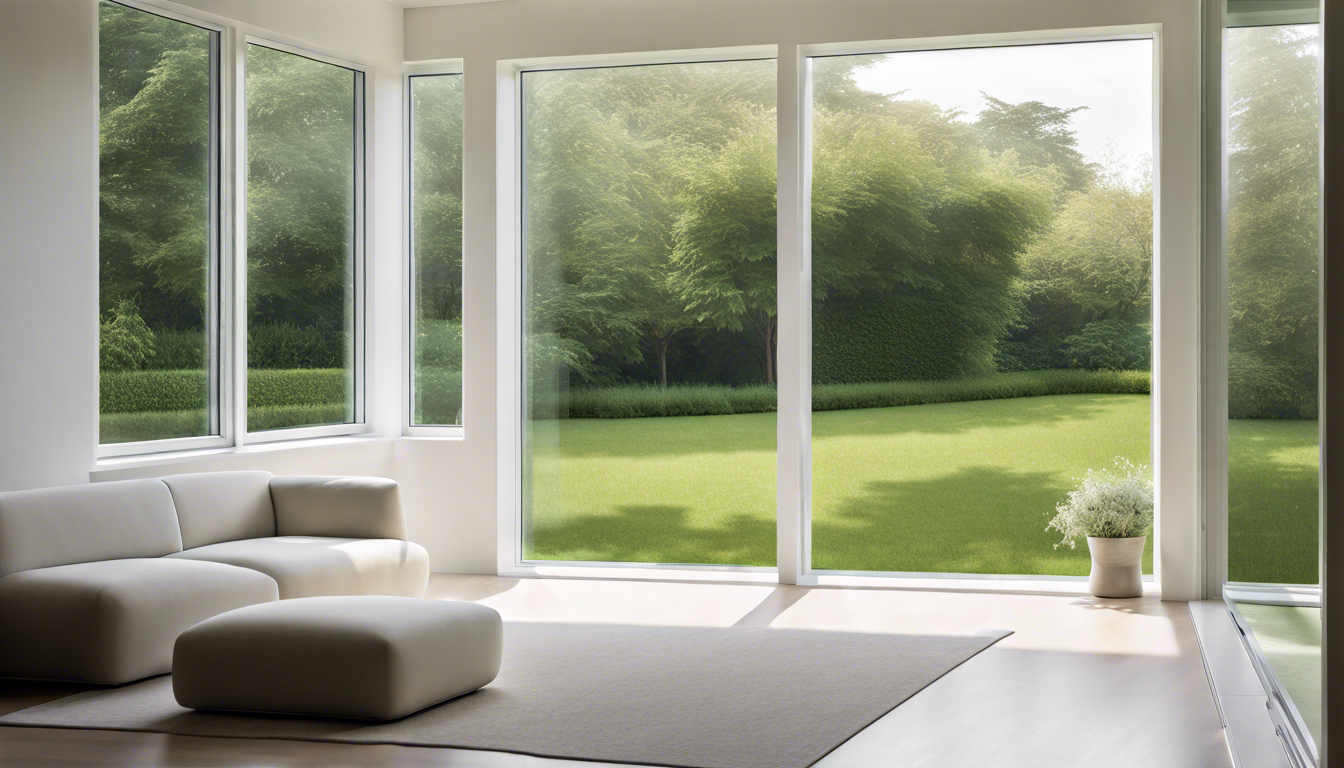When constructing a one-story house in a cold climate, one of the most important considerations is the type of windows to install. Windows play a crucial role in maintaining the temperature and energy efficiency of a house, especially in colder regions where heat loss can be a major concern. In this article, we will discuss the factors to consider when choosing windows for a cold climate and the different options available.
1. Energy Efficiency
One of the key factors to consider when choosing windows for a cold climate is their energy efficiency. Look for windows with a low U-factor, which measures how well a window prevents heat from escaping. Double or triple-pane windows with insulated frames are a good option for cold climates as they provide better insulation. Additionally, consider windows with low-e coatings, which help to reduce heat loss and increase energy efficiency.
Another important factor to consider is the window’s air leakage rating. Look for windows with a low air leakage rating to prevent drafts and heat loss in your home. Properly installed and sealed windows can help to improve energy efficiency and reduce heating costs in a cold climate.
2. Frame Material
When choosing windows for a cold climate, the frame material is another important consideration. Different materials have different insulating properties and durability, which can impact the overall energy efficiency of the window. Wood frames are a popular choice for cold climates as they provide good insulation and are aesthetically pleasing. However, they require more maintenance compared to other materials such as vinyl or fiberglass.
Vinyl and fiberglass frames are low-maintenance options that also offer good insulation. They are resistant to moisture and temperature fluctuations, making them ideal for cold climates. Aluminum frames are not recommended for cold climates as they conduct heat and can lead to thermal bridging, causing heat loss.
3. Window Design
The design of the window can also impact its performance in a cold climate. Consider windows with multiple panes of glass separated by gas-filled spaces, which provide better insulation. Additionally, look for windows with a low solar heat gain coefficient (SHGC) to prevent overheating in the summer months while still allowing sunlight in during the winter.
Casement or awning windows are good options for cold climates as they have a tight seal when closed, preventing drafts and heat loss. Consider adding weather-stripping and caulking around the window frame to further improve insulation and energy efficiency.
Conclusion
Choosing the right windows for a cold climate is essential for maintaining a comfortable and energy-efficient home. Consider factors such as energy efficiency, frame material, and window design when selecting windows for your one-story house. Investing in high-quality, insulated windows can help to reduce heating costs, improve comfort, and increase the overall value of your home in a cold climate.



